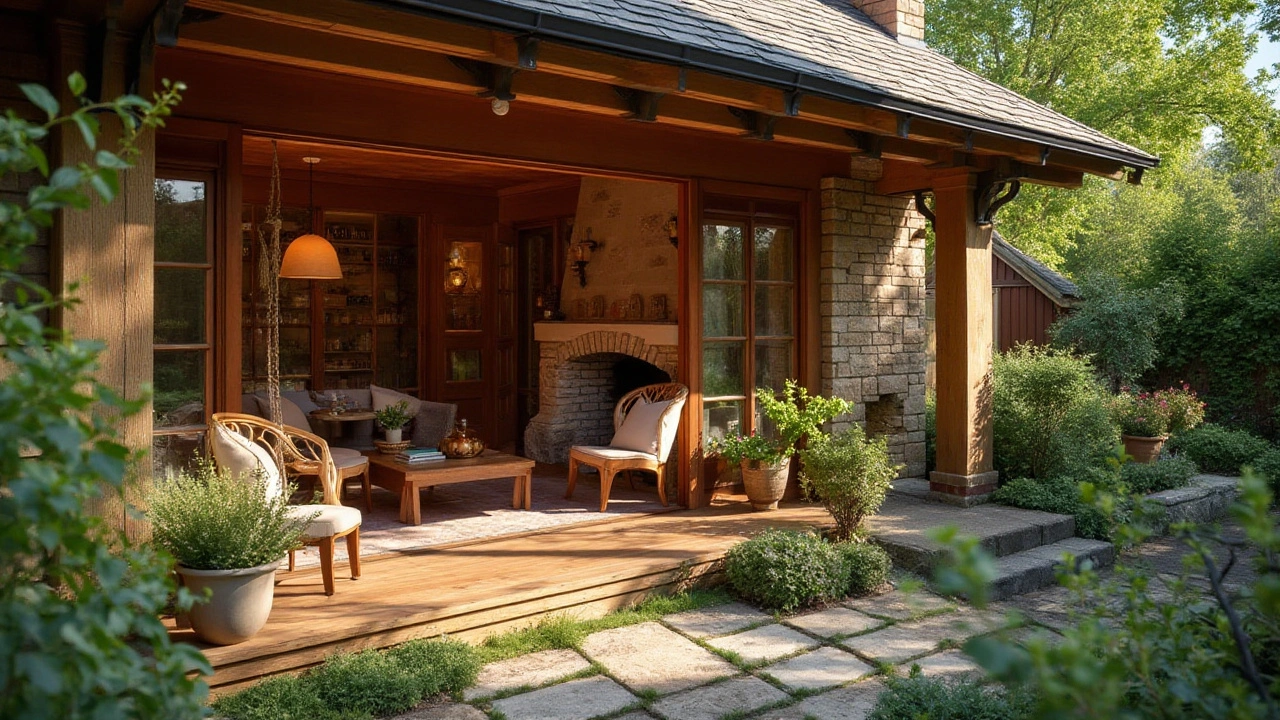Interior Decor: Design Tips Inspired by Architectural Styles
What if your living room could borrow the best moves from Roman arches or Craftsman woodwork? This tag page pulls together practical interior decor ideas that use architectural styles as a shortcut to a confident, lived-in look.
Quick style swaps from classic architecture
Roman and Renaissance: Add arches or rounded mirrors, warm plaster tones, and heavy drapery to get that grand, grounded feel. Swap flat cabinet faces for paneling and use bronze or aged brass hardware to add weight without remodeling.
Gothic Revival and Baroque: Choose dramatic vertical elements—tall bookcases, pointed mirrors, or a high-backed chair. Dark jewel tones, patterned rugs, and one ornate statement piece (like a carved console) deliver drama without clutter.
Byzantine and Art Nouveau: Bring in curved lines, mosaics, and organic patterns. A single curved sofa or a tile backsplash with flowing motifs gives rooms a handcrafted, artful touch.
American Craftsman and Colonial: Focus on natural materials and simple proportions. Exposed wood beams, built-in shelving, and shaker-style cabinets keep things warm and honest. Add muted, earthy paint and old-fashioned light fixtures for instant authenticity.
Minimalism and Modernism: Strip back visual noise. Use a tight color palette, clear storage, and one strong focal piece—an armchair or statement lamp—to create calm and function.
Rococo and Beaux-Arts: Use sparing ornament—think gilt picture frames, a vintage mirror, or a sculpted lamp. Keep the rest of the room simple so those touches feel curated rather than costume-y.
How to pick a direction and mix styles
Start with one anchor element tied to an architectural era: a column-style table leg, a tiled backsplash, or a bold arch. Build around that with two supporting elements—color, texture, or lighting—so your room feels intentional.
Mistake to avoid: trying to copy a whole period. Instead, extract one or two features and translate them into modern materials. For example, use a sleek concrete top on a table with turned legs to marry modern and classic.
Small projects with big impact: swap door hardware, add crown molding, replace a light fixture, or refinish a coffee table. These moves cost little but communicate a clear design story.
Need inspiration? Browse posts on this tag for deep dives: Gothic Revival for dramatic interiors, American Craftsman for wood-forward warmth, Greek Revival for formal symmetry, or Art Nouveau for flowing, nature-driven detail. Each article shows where to add pieces, what to avoid, and real-world examples you can copy.
Pick one room, choose one architectural mood, and make three changes: one large (furniture), one medium (lighting or rug), and one small (hardware or art). That formula keeps projects manageable and results cohesive. Ready to try a style mix? Start small, keep measurements in mind, and have fun making your place feel more like you.

The American Craftsman Style: A Renaissance
The American Craftsman style is experiencing a revival in home design, characterized by its dedication to hand-crafted quality and natural materials. This resurgence highlights an appreciation for artisanal touches and cozy, functional spaces. Learn how to incorporate this timeless aesthetic into modern homes and why it's becoming popular again.
Read more